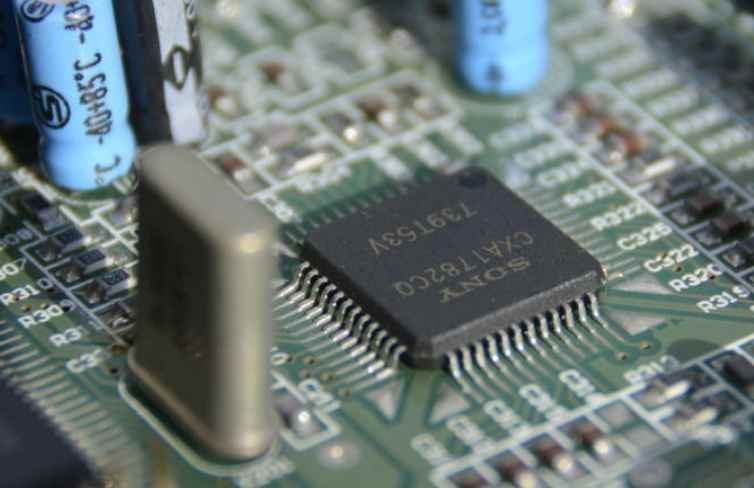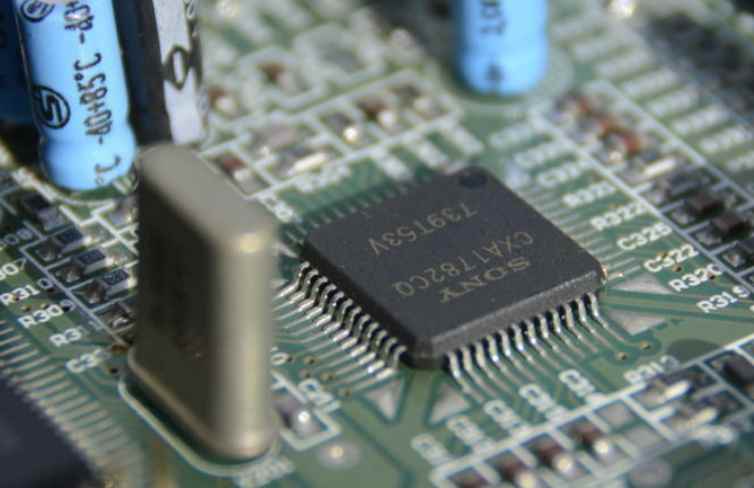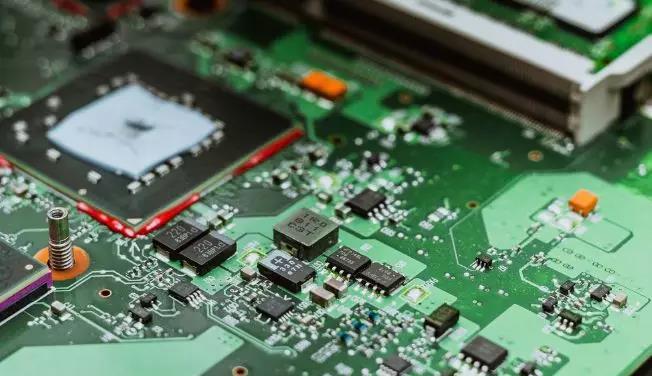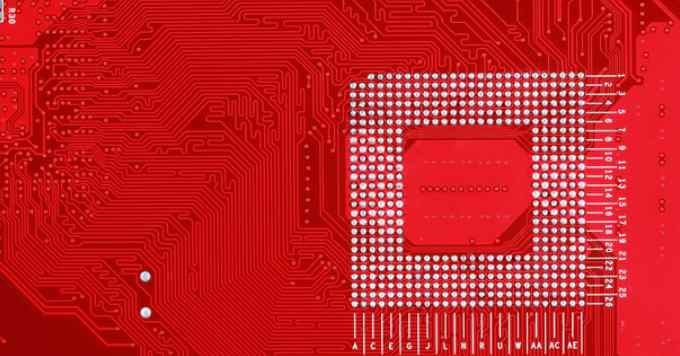
PCB ink quality is excellent, in principle can not be separated from the combination of the above major components. Ink quality is excellent, is the formula of science, advanced and environmental protection of the comprehensive embodiment. It is reflected in:
Viscosity
It is a short name for dynamicviscosity. The viscosity is generally expressed in terms of the shear stress of the fluid flow divided by the velocity gradient in the direction of the flow layer in international units of Pa/s (Pa). S) or millipa/second (mPa. S). In PCB production, it refers to the fluidity of ink driven by external forces.
Conversion relationship of viscosity unit:
1Pa. S=10P=1000mPa. S=1000CP=10dpa.s
plasticity
Refers to the ink deformation by external force, still maintain its properties before deformation. The plasticity of ink is beneficial to improve the printing accuracy;
thixotropic
Ink is gelatinous when standing, and is touched when the viscosity changes a property, also known as shaking, anti flow hanging;
liquidity
(leveling) ink under the action of external force, to the extent of development. Fluidity is the reciprocal of viscosity. Fluidity is related to the plasticity and thixotropy of ink. Plasticity and thixotropy is large, the fluidity is large; Large liquidity is easy to expand imprinting. Small liquidity, easy to appear net, produce ink phenomenon, also known as mesh;
viscoelasticity
Refers to the ink in the scraping board after printing, the shear fracture of the ink quickly rebound performance. It requires fast ink deformation and quick ink rebound to be conducive to printing;
dryness
Required ink on the screen drying as slowly as possible, and hope that the ink transfer to the substrate, the faster the better;
fineness
Pigment and solid particle size, PCB ink is generally less than 10μm, the size of the fineness should be less than one third of the mesh opening;
Drawing property
When the ink spatula is used to stir up ink, the degree of silk - like ink stretching without breaking is called wire drawing. Long ink wire, there are many filaments in the ink surface and printing surface, so that the substrate and printing plate stained, or even unable to print;
Transparency and covering power of ink
For PCB ink, according to the use and requirements of different ink transparency and hiding power also put forward a variety of requirements. Generally speaking, line ink, conductive ink and character ink, are required to have a high hiding power. The solder choke is more flexible.
Chemical resistance of ink
PCB ink according to the use of different purposes, the corresponding requirements of acid, alkali, salt and solvent requirements have strict standards;

Physical properties of ink
PCB ink must meet external scratch resistance, heat shock resistance, resistance to mechanical stripping, and meet various strict electrical performance requirements;
Ink safety and environmental protection
PCB ink requirements have low toxicity, odorless, safety and environmental protection.
Above we summarized the basic performance of twelve PCB inks, and in the actual operation of screen printing, and the operator is closely related to the viscosity problem. The viscosity of the silk screen printing is appropriate or not, has a great relationship. Therefore, in PCB ink technical documents and QC reports, the viscosity is clearly marked, indicating under what conditions, what type of viscosity testing equipment is used. In the actual printing process, if the ink viscosity is high, it will cause difficulty in leakage, and the graphic edge is serrated seriously. In order to improve the printing effect, diluent will be added to make the viscosity meet the requirements. However, it is not difficult to find that in many cases, in order to obtain the ideal resolution (image resolution), no matter what viscosity you use, it will not be possible to achieve. Why? After in-depth study, it was found that ink viscosity is an important factor, but not the only one. There is another quite important factor - thixotropy. It is also affecting the printing accuracy.
The requirements of the board drilling board are: there is a certain surface hardness to prevent burr on the surface of the drilling hole. But not too hard to wear the drill. The resin composition of the upper and lower gasket plate itself should not be too high, otherwise the molten resin ball will be formed when drilling and adhered to the hole wall. The larger the thermal conductivity, the better, so that the heat generated during drilling can be quickly taken away, reducing the temperature of the drill when drilling, and preventing the annealing of the drill. There should be a certain rigidity to prevent the plate from shaking during drilling, and there should be a certain elasticity to deform immediately when the bit is in contact with drilling, so that the bit can be accurately aligned with the position of drilling and ensure the accuracy of the drilling position. The material should be uniform without impurities producing uneven soft and hard nodes, otherwise it is easy to break the bit. If the upper pad surface is hard and slippery, the small diameter bit may slip away from the original hole position and create elliptical diagonal holes in the board.
The upper cushion plate used in China is mainly 0. 2 to 0. 5mm thick phenolic paper glue board epoxy glass cloth board and aluminum foil as thickness 0. 3mm LF2Y2 (No. 2 rust-proof aluminum semi-cold hardening state or LF21Y (No. 21 rust-proof aluminum cold hardening state) as a common double panel drilling of the upper cushion plate effect is better, to achieve suitable hardness can prevent the drilling surface burr. Because aluminum has good thermal conductivity, rigidity and elasticity, it has a certain heat dissipation effect on the drill bit. Compared with phenolic board, the aluminum foil material has no impurities and the probability of breaking the drill bit and deviation hole is much smaller than phenolic board. It can reduce the temperature of drilling hole and is an environmentally friendly material, which is increasingly widely used in many factories. At the same time, compared with phenolic board and epoxy board, it will not pollute the hole by resin because of the resin it contains. 0.15, 0.20 and 0.30mm thickness of aluminum foil are commonly used. 0.15 has the best contact with the plate surface in actual use, but it is difficult to control the process in cutting, transportation and use. The price of 0.30 is a little higher, so 0.20mm aluminum foil is generally used as a compromise. The actual thickness is generally 0.18 mm






